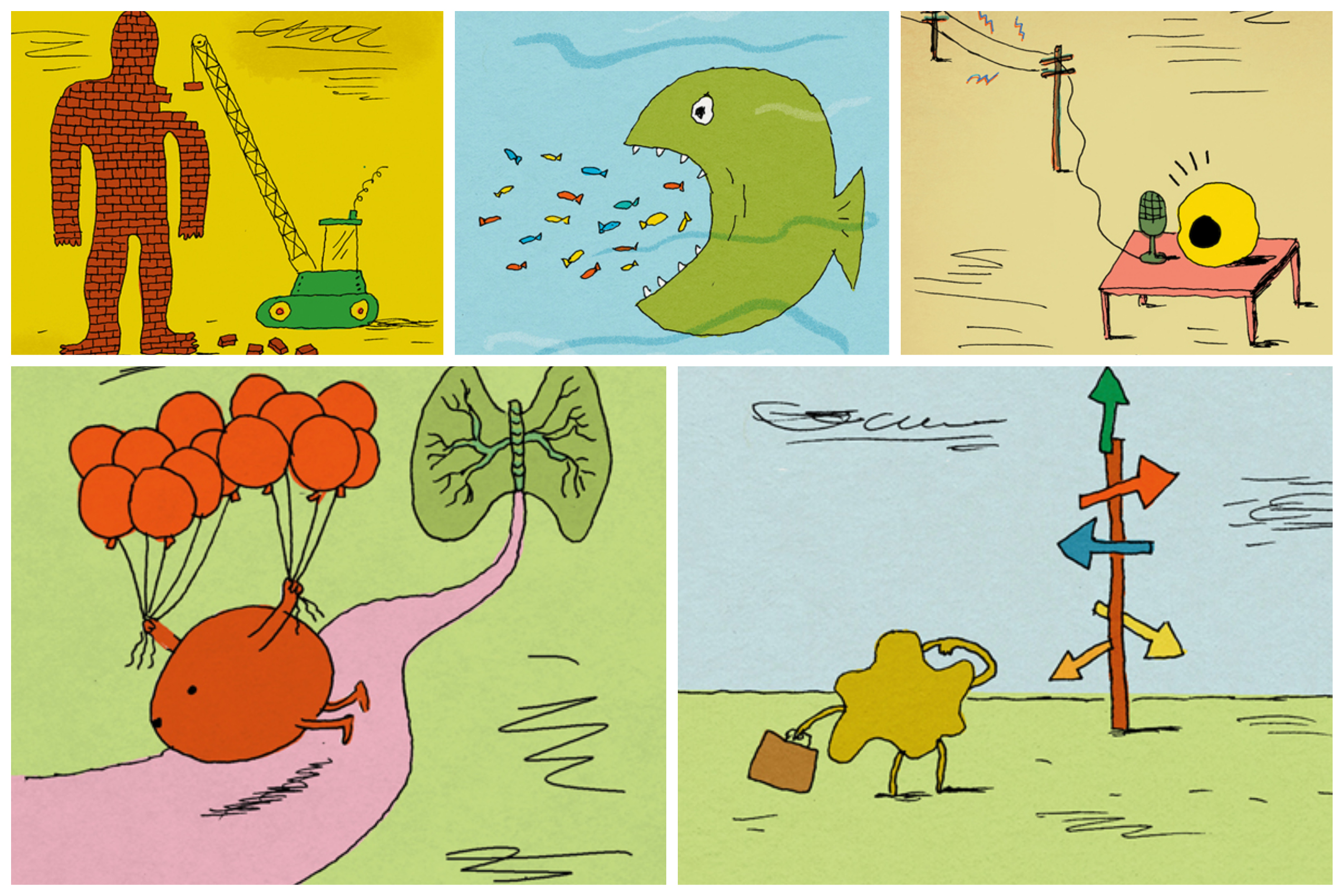Lesson No. 5: Communicate with Clarity and Nuance
Date
November 15, 2021

Date
November 15, 2021
Medical providers featured in this article
In Brief
{{cta-block}}
This article is one in the series How to Think Like a Scientist: A Crash Course. In this series, we investigate the practices and mindsets that help drive great science. We asked Cedars-Sinai researchers and experts to weigh in about the processes scientists use to shape their work and drive progress.
The most earth-shattering research findings won’t make a dent if scientists can’t share their results in ways that resonate. Here’s how scientists think about it—whether they’re publishing their findings in the most respected journals or telling the story of their work to the rest of us.
CASE STUDY
When Seeing Is Believing
In 2017, Susan Cheng, MD, MPH, MMSc, was studying risk factors for stroke. Her research suggested something important: High blood pressure was significantly more likely to play a role in strokes in Black people than white people.
She didn’t want this crucial piece of information to get lost, so she aimed high. She submitted the findings to the prestigious New England Journal of Medicine, the world’s most influential medical journal.
To make the findings stand out, she and her team transformed spreadsheets of numbers into a compelling and easy-to-understand graphic. "We wanted the image to be as good as the infographics you get in The New York Times during election season," she says.
It worked: The findings were published in the letters section of a publication with 600,000 weekly readers. "We knew that this was an important message, and we knew that if doctors understood the contribution of high blood pressure to stroke for Black patients, they would likely put more effort into controlling it in Black patients at risk for stroke," she says.
Q&A
Tough Question
Q: In many cases, scientific publications are so technical that only a handful of people understand them well. How can scientists explain their research to a wider audience without "dumbing it down"?
A: "I tell my trainees that if you want to increase your reach, you need to recognize that what you’re doing reflects your insight as one of the world’s leading experts in whatever topic you’re investigating. In other words, what may be obvious to you isn’t necessarily obvious to anybody else. So it’s important, first, to set up the problem in context: Why is it important? How is it relevant to human disease? Then, you’ve got to be able to tell a story. It takes a particular conscious effort—a stepping back from the minutiae of what you’re doing—to ask: ‘What is really vital about this, and how does it move the argument forward? Or how does it contradict some preconceived notion?’ The ability to communicate scientific findings clearly is difficult, but it distinguishes the very best stuff from the rest."
Eduardo Marbán, MD, PhD, executive director of the Smidt Heart Institute
How to Think Like a Scientist: A Crash Course
{{column-start}}
{{column-end}}
{{column-start}}
{{column-end}}
{{column-start}}
{{column-end}}
{{column-start}}
{{column-end}}
{{column-start}}
{{column-end}}
{{column-start}}
{{column-end}}





